
The Pie and il Principe share a birthday. Sure, the Pie is now 29 and IP is only 2, but they can still enjoy the festive atmosphere of a birthday party.
And what’s a children’s birthday party without a piñata? It’s — well, it’s pretty much just a party without a piñata. But that’s besides the point.
The Pie and I thought that we would combine il Principe’s love of vehicles with his destructive tendencies, and a piñata filled with toys (because this 2-year-old has enough extra energy) was the perfect gift.
First, I spent a peaceful evening with the dog when the Pie was out tearing strips of newspaper. These are old copies of a certain legal newspaper popular in these parts. While it’s a very good newspaper, I must admit to a certain satisfaction in tearing up all that legal verbiage.
I also prepared my helicopter rotor blades (I decided that this particular helicopter has six blades, so there), as well as the tail and all the other bits. I pulled old cereal boxes and such out of the recycling for this.
And I cut up some clear plastic out of the recycling to use as windows. This is going to be one classy chopper.
So now that you’ve got everything ready, you need to make your paste. In a bowl, mix together 2 cups flour with 3 cups water.
I like to use a spurtle to stir my paste. That’s right. A spurtle.
Mmm, pasty. Everyone always makes jokes about “that kid who ate paste” in kindergarten, but we didn’t have that. We did, however, have the girl who, when asked, DRANK (like I’m talking glug-glug-glug) Elmer’s School Glue. Bleugh.
And now we need ourselves a balloon, which forms the basis for many, many papier-mâché projects. The last time I did papier-mâché I made an enormous head with a huge nose, cut out holes for eyes, borrowed one of my dad’s fedoras (he also has a large head), stuck a Press Pass in the brim and went around for Hallowe’en as a reporter. It was a good costume. I swear.
I attached the tail to the balloon with tape.
Now we paste strips! Run one side of your strip through the bowl of paste.
Use your fingers to squeegee off the majority of the paste.

Slap that baby on your structure and smooth it down.
Continue with more strips, being careful to slightly overlap each one.
If you need help with balancing your project as you work, why not try propping it up in a bowl for stability?
Once you have finished a complete layer, use your fingers to smooth on some extra paste.
Let that set for a bit to become tacky and sticky. While you’re waiting you can put paper on your other bits.
For the wheels, for example, I wanted a little bulk, so I dipped a few strips, crumpled them up, and stuck them to the wheel template before wrapping the whole thing in other strips.
Set those aside somewhere to dry.
Repeat the layering steps a few more times, creating three or four layers of paper on your main structure. The focus should be on creating what will be a hard shell around your balloon. I tried to add a bit more paper at the bottom of the chopper-balloon to help compensate, balance-wise, for the weight of the tail.
When you have enough paper on your structure, put it somewhere out of the way to dry overnight. The top of our fridge is as good a place as any. Plus it’s nice and warm there (our fridge is ANCIENT) and with the current humidity I’m hoping it will give the paste a boost in drying. 
I saved the extra paste, just in case.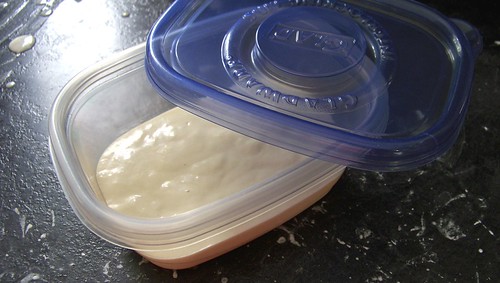
Now to clean up!

The fortunate thing about flour paste is you just have to wet it again and it comes off anything really easily.
The Next Day …
Actually, this was two days later. It was so gloomy and humid that the darned thing just would not dry. So now we get to get around to our painting and assembly.
So now we get to get around to our painting and assembly. We bought this lovely metallic blue paint at the dollar store and thought it would look good on a helicopter. It did, but the problem was that it was transparent paint, something the made-in-China label didn’t tell us. Nor did it tell us that the paint fumes were highly objectionable. But you get what you pay for of course.
We bought this lovely metallic blue paint at the dollar store and thought it would look good on a helicopter. It did, but the problem was that it was transparent paint, something the made-in-China label didn’t tell us. Nor did it tell us that the paint fumes were highly objectionable. But you get what you pay for of course. Onto plan B, then. I painted the props and the wheels with the silvery-blue stuff and went off to find a more opaque solution to the plane problem.
Onto plan B, then. I painted the props and the wheels with the silvery-blue stuff and went off to find a more opaque solution to the plane problem. Thus I came up with India ink. And ink is awesome because it dries really fast.
Thus I came up with India ink. And ink is awesome because it dries really fast. Of course, you can still see the metallic paint through the ink, but I figured I would just paint over the quick-dry ink with more metallic paint.
Of course, you can still see the metallic paint through the ink, but I figured I would just paint over the quick-dry ink with more metallic paint.
 Mercifully, just as I’d finished, the sun came out, so I left everything to dry for a bit.
Mercifully, just as I’d finished, the sun came out, so I left everything to dry for a bit.
 So now we need to cut out a wee hatch through which to insert the prizes. Using a box cutter, carefully pierce your shell and the balloon underneath. POP!
So now we need to cut out a wee hatch through which to insert the prizes. Using a box cutter, carefully pierce your shell and the balloon underneath. POP!

Cut a hole only just big enough for your purposes, leaving a little flap so you can close it up again later.

There’s that shriveled balloon. You can throw that out.

My helicopter is going to have a window, so I measured the “glass” to the side of the chopper.

Cut out a hole.

I think I may use the piece I cut out to make a fascinator at some later and unrelated date.

I fixed the window in place with hockey tape, that lovely universal adhesive.

I used a paper punch awl to poke holes to hang the suspension wires from.

You can see that balance is going to be an issue here. I ended up taping a few rocks into the tail of the chopper to balance it out.

I stuck the props on. The wheels refused to stick and were therefore scratched. Bye-bye b’ys.

Don’t forget to put your prizes in!

Then the helicopter needed some accents. On one side of the tail I painted on il Principe‘s initials and the year he was born, to look like some kind of ID code.

On the other I did his birthdate (21 July) followed by HB – happy birthday.

Then I added some dots that represent flashing lights, and blacked out the frame parts of the window. And yes, I just made up where they went.

And there you have it. Il Principe can’t wait to destroy it.

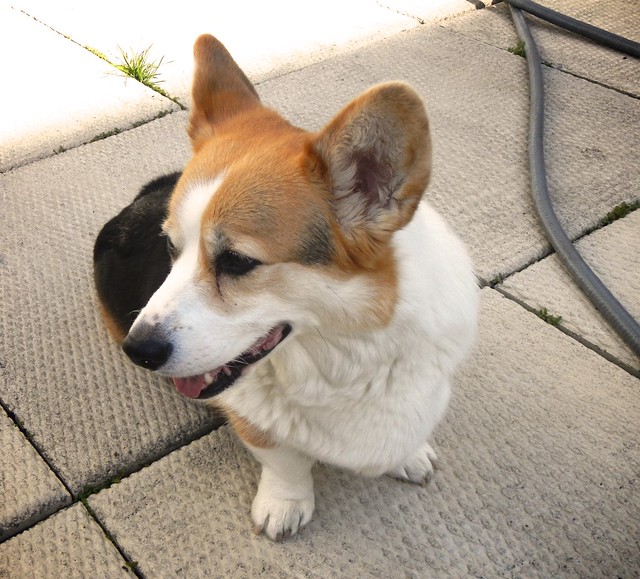

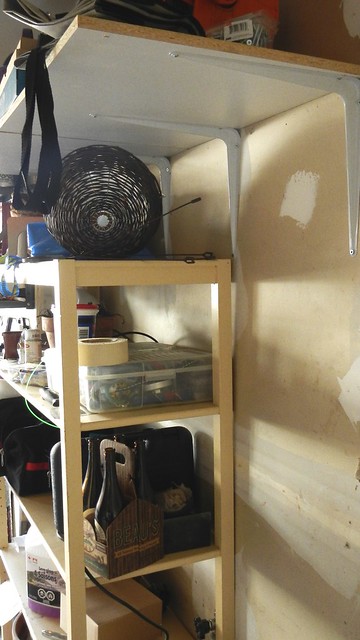
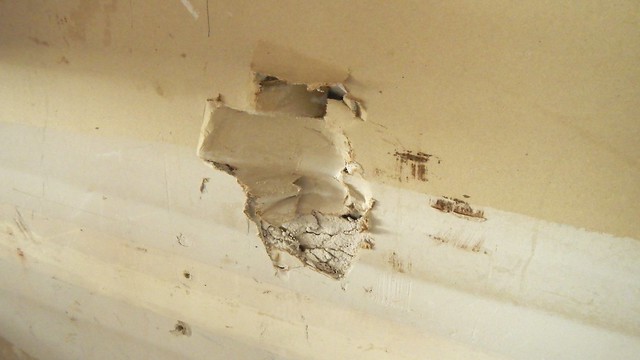
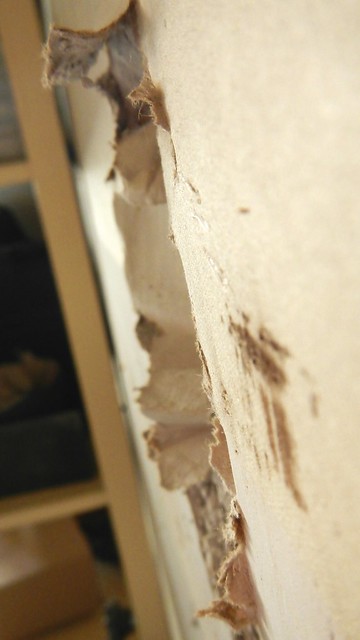
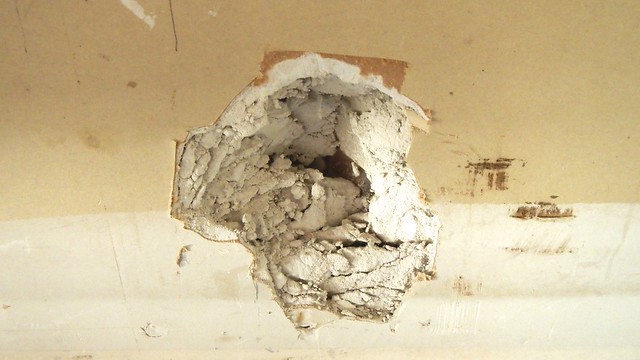
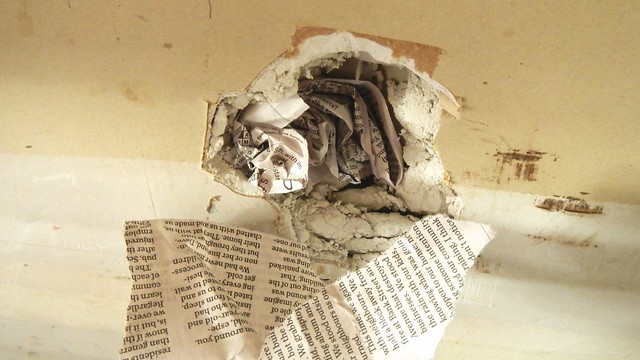
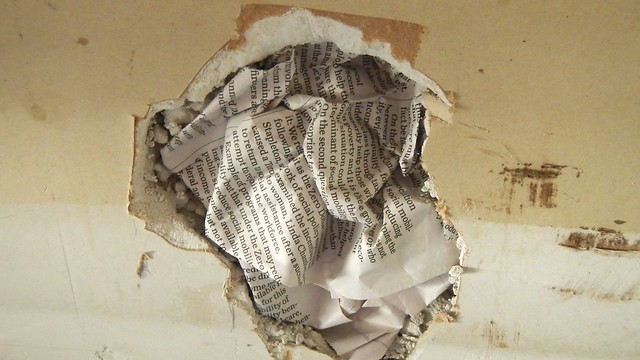
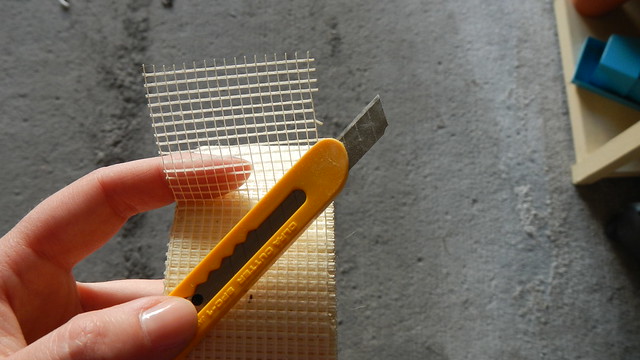

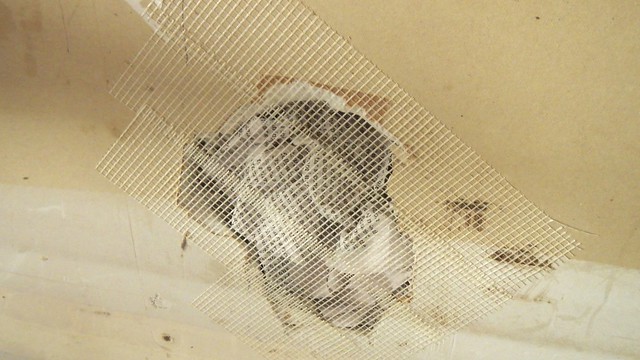
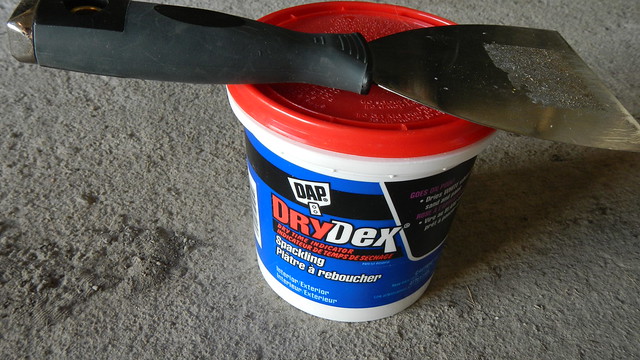
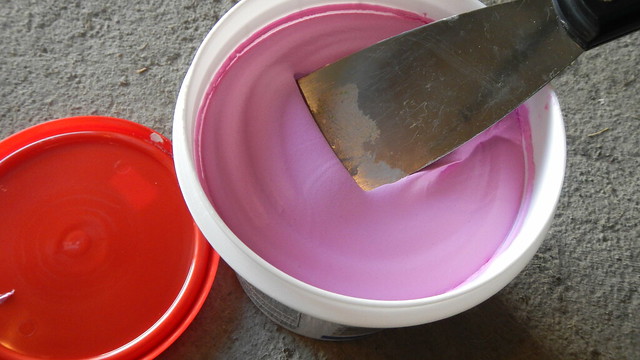
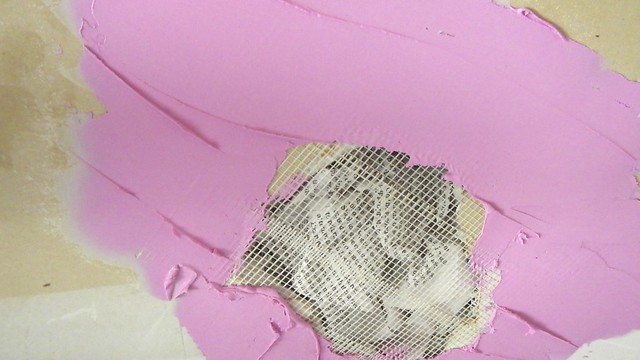

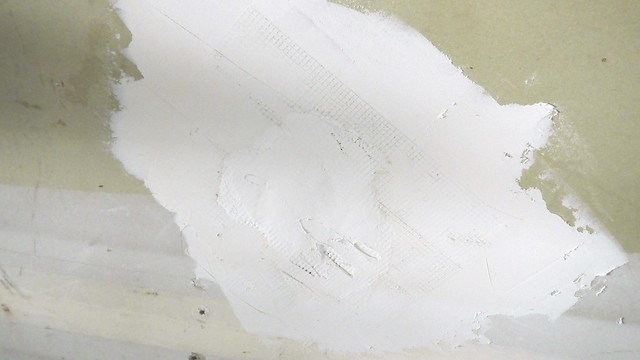
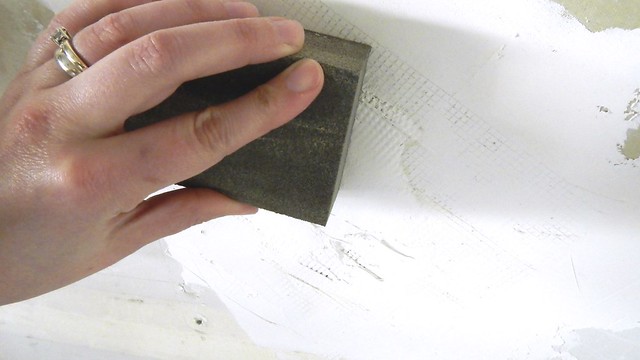

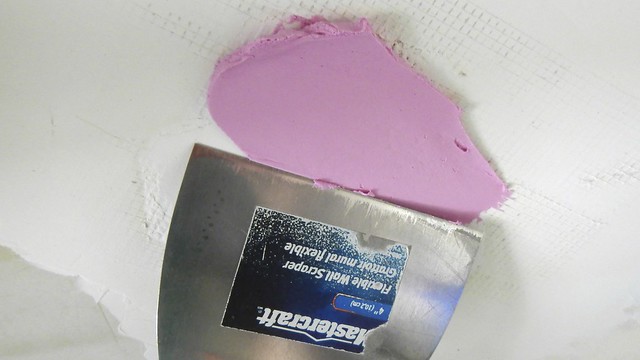
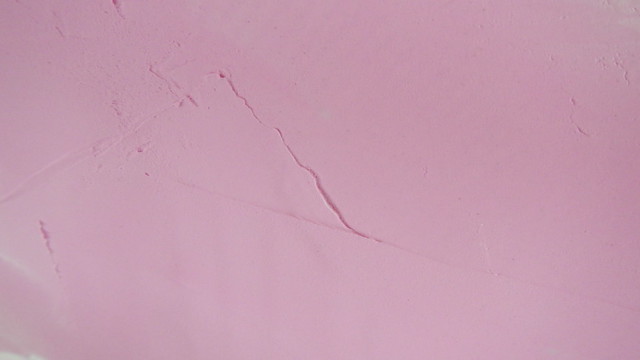
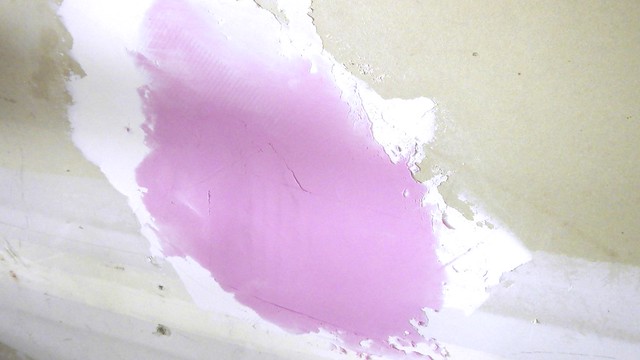




















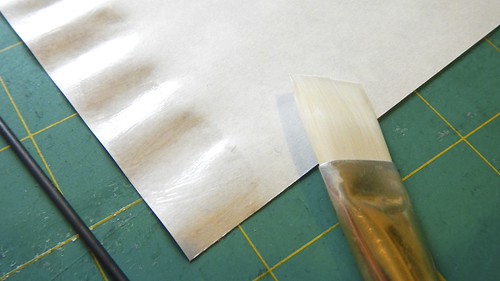




















































 I have a baby spider plant here for S that I am trying very hard not to kill.
I have a baby spider plant here for S that I am trying very hard not to kill.



























